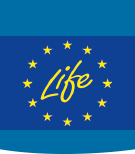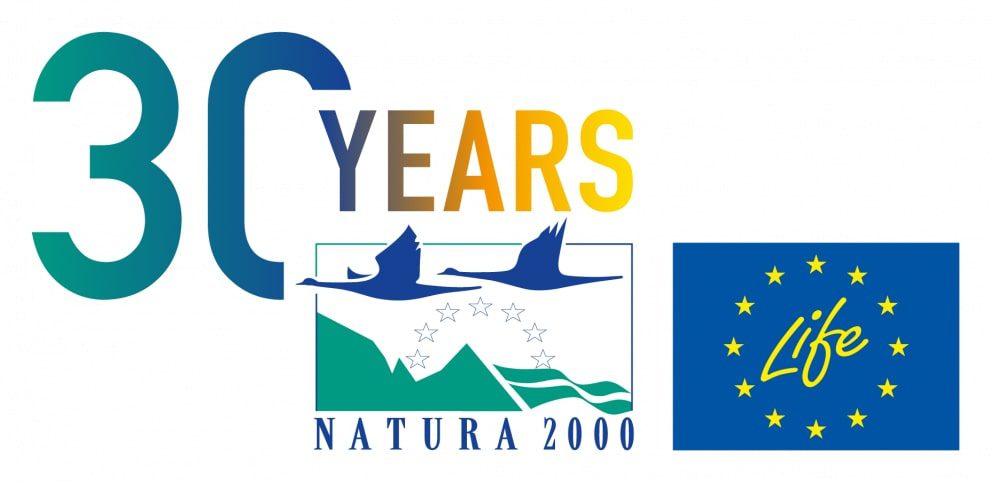

- Capacity building
- LIFE programme
- Applications
- LIFE Nature & Biodiversity
- LIFE Environment & Resource Efficiency
- LIFE Environmental Governance & Information
- LIFE Climate Change Action (Mitigation, Adaptation and Climate Governance & Information)
- LIFE Environment Integrated projects
- LIFE Climate Action Integrated projects
- LIFE Technical Assistance projects
- LIFE Preparatory Projects
- LIFE Capacity Building projects
- 2017
- > LIFE Nature & Biodiversity
- > LIFE Environment & Resource Efficiency
- > LIFE Environmental Governance & Information
- > LIFE Climate Change Action (Mitigation, Adaptation and Climate Governance & Information)
- > LIFE Environment Integrated projects
- > LIFE Climate Action Integrated projects
- > LIFE Technical Assistance projects
- > LIFE Preparatory Projects
- 2016
- > LIFE Nature & Biodiversity
- > LIFE Environment & Resource Efficiency
- > LIFE Environmental Governance & Information
- > LIFE Climate Change Action (Mitigation, Adaptation and Climate Governance & Information)
- > LIFE Environment Integrated projects
- > LIFE Climate Action Integrated projects
- > LIFE Technical Assistance projects
- > LIFE Preparatory Projects
- Knowledge repository
- Events
- News/Reports
- Photo Gallery
- Capacity building
- LIFE programme
- Applications
- LIFE Nature & Biodiversity
- LIFE Environment & Resource Efficiency
- LIFE Environmental Governance & Information
- LIFE Climate Change Action (Mitigation, Adaptation and Climate Governance & Information)
- LIFE Environment Integrated projects
- LIFE Climate Action Integrated projects
- LIFE Technical Assistance projects
- LIFE Preparatory Projects
- LIFE Capacity Building projects
- Archive
- 2017
- > LIFE Nature & Biodiversity
- > LIFE Environment & Resource Efficiency
- > LIFE Environmental Governance & Information
- > LIFE Climate Change Action (Mitigation, Adaptation and Climate Governance & Information)
- > LIFE Environment Integrated projects
- > LIFE Climate Action Integrated projects
- > LIFE Technical Assistance projects
- > LIFE Preparatory Projects
- 2016
- > LIFE Nature & Biodiversity
- > LIFE Environment & Resource Efficiency
- > LIFE Environmental Governance & Information
- > LIFE Climate Change Action (Mitigation, Adaptation and Climate Governance & Information)
- > LIFE Environment Integrated projects
- > LIFE Climate Action Integrated projects
- > LIFE Technical Assistance projects
- > LIFE Preparatory Projects
- Knowledge repository
- Events
- News/Reports
- Photo Gallery
- Can we help you?
- FAQ
-
Contact
Home /
Hírek



